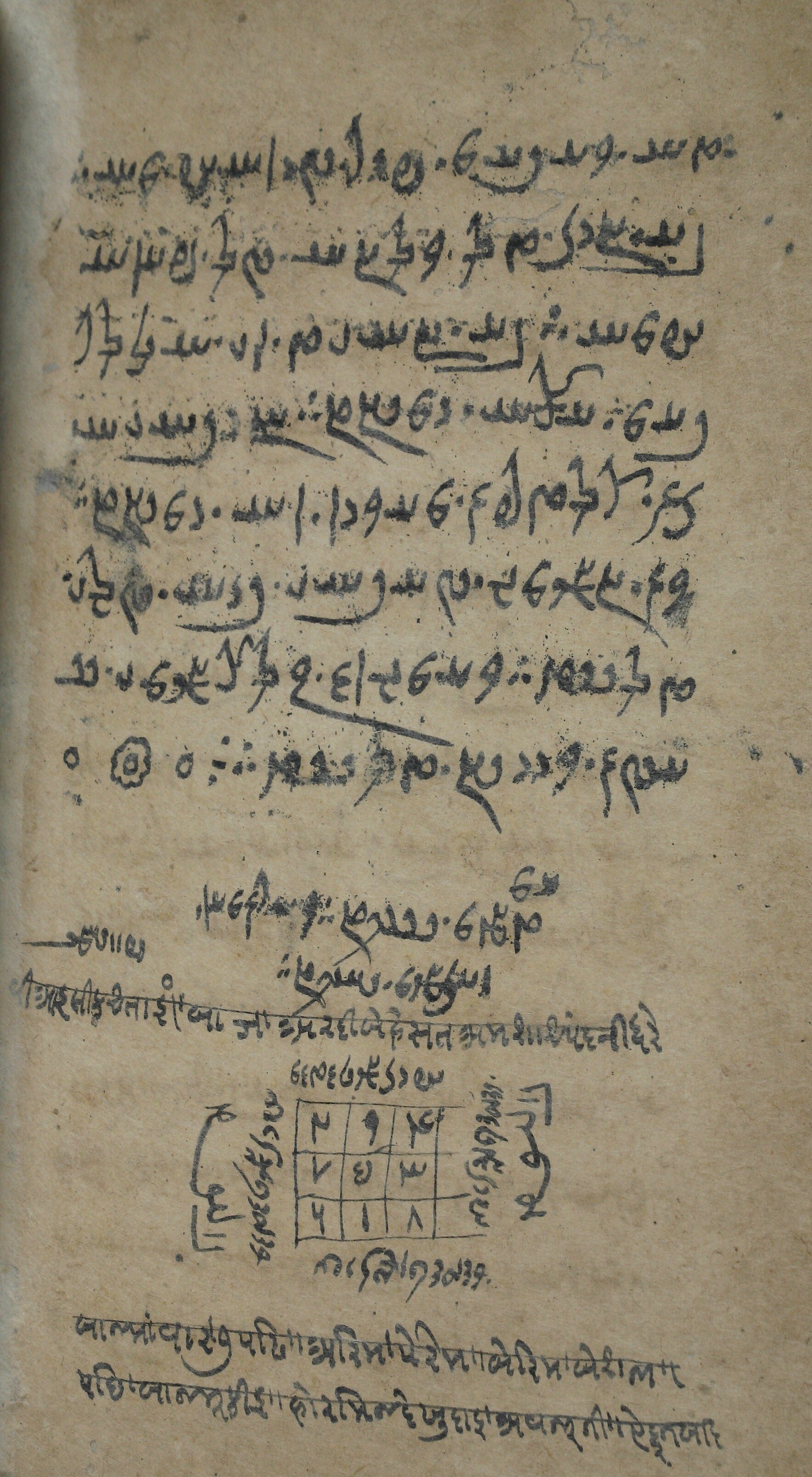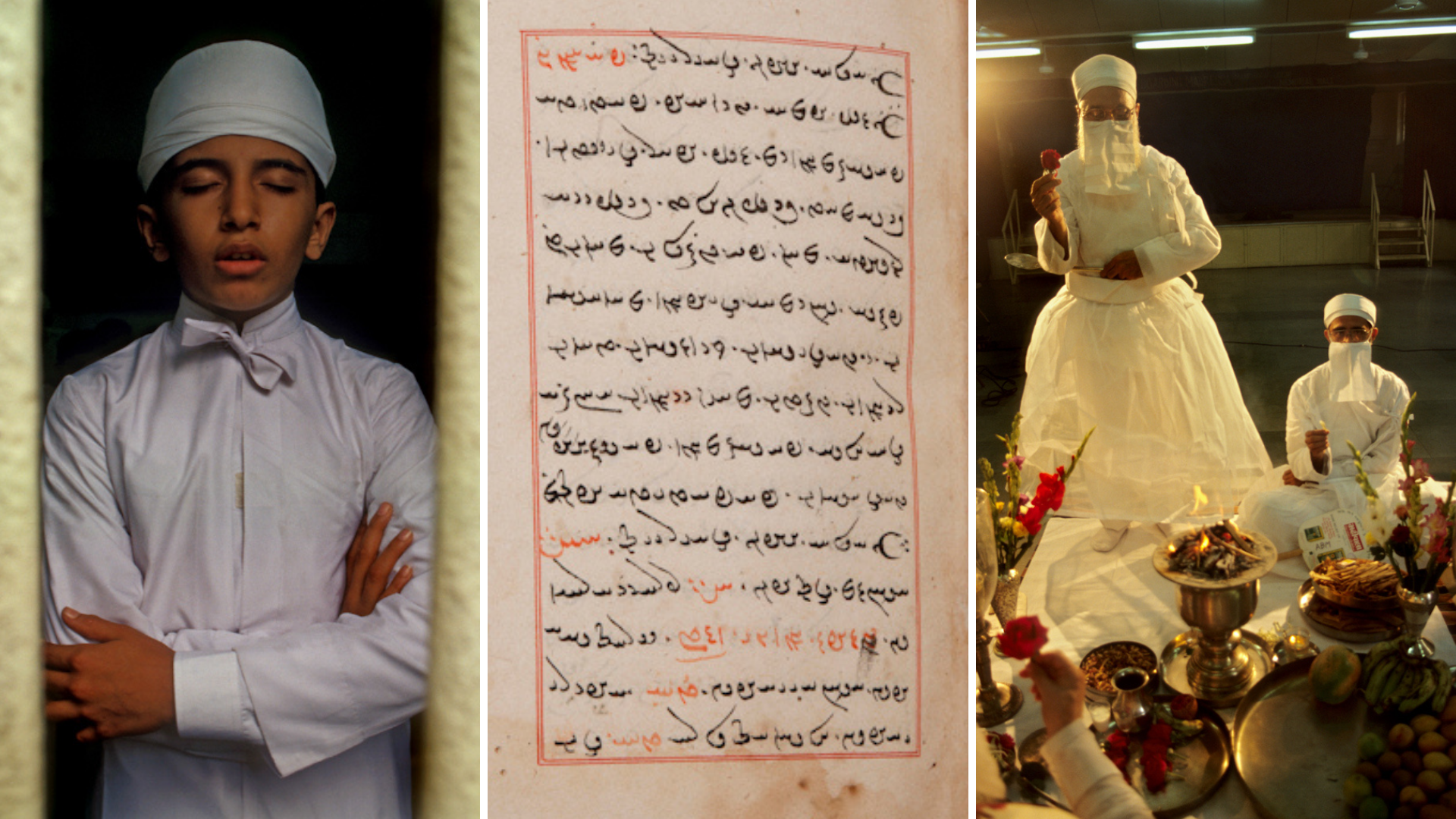
Zoroastrian Studies
The Magi- "the wise men of the East," were priests; Zarathushtra himself was a priest or Zaotar. Zoroastrianism, the world oldest revealed religion was preached in remote antiquity, by Prophet Zarathushtra who claimed divine revelation by the one true God Ahura Mazda, Lord of Light and Wisdom. While Zoroastrianism “has probably had more influence on mankind, directly and indirectly than any other single faith”, it is an irony of history that most persons even today know nothing of Zoroastrianism.
No Zoroastrian studies department exists in either Iran or India today to study the faith from the perspective of the priests and practitioners, nor have formal cultural studies begun in the field. Parzor has collected resources and study material from India and Iran and is working with educational institutions to develop courses in Minority Studies and Cultural Studies.
Religion & Priesthood
Once the State Religion of the ancient world’s greatest conquerors, Zoroastrianism now survives in small pockets across its original homelands and primarily through refugees who, fleeing religious persecution, found sanctuary in India around 936 A.D.
Zarathustra is the only prophet in the world who was also a priest. For the Greeks and Romans he was the best representative of the Magi- more perhaps for the magical arts attributed to him than for his philosophy and religious teachings. However, the comon perception of him through the world and throughout history has been as a sage whose name was synonymous with the wisdom of the Persians. This wisdom has formed a great priestly oral tradition passed on since the Bronze Age.
The Zoroastrian priesthood has been the repository of ancient wisdom and the Sacred Word of Power, the Manthravani. Many esoteric symbols and actions are a part of their oral training and traditions. Although the common ceremonies pertaining to the initiation: Navjote, wedding and funeral ceremonies are performed regularly, the higher religious ceremonies are likely to die out with an aging priesthood as most of the prayers and accompanying rituals are part of an oral tradition and are recited from memory.
Zoroaster, in the thirteenth century text, the Zarathust Nama, is said to have travelled from his unnamed homeland outside Iran to Balkh to reach the court of King “Gustasp” i.e. King Vistaspa-this entire region of Central Asia has been associated with the ancient faith. Zoroastrianism developed among the Eastern Iranian peoples before moving to the western areas of the Medes and Persians. By the time it reached these imperial peoples, most likely in the seventh century B.C., it was already venerable, and this agrees with the fact that by the time the Greeks learnt of Zoroaster, through Western Iran, he was to them a figure to be deeply revered. The Greeks mention the Zoroastrian reverence towards fire, water and the elements repeatedly while biographical details regarding Zoroaster’s life are found in Pliny. The Neo-Platonists looked to Zoroastrianism as the origin of the Mithraic mysteries. Zoroastrian influence on the post-exilic Jewish religion is now seen as decisive.
The physical and social background shared by the Indo-Iranian people shaped the beliefs and observances of the Old Iranian and Vedic religions. They conceived of their Gods as cosmic (not local) divinities and believed in a universal principle of order, righteousness and truth, which provided the harmony of the cosmos. The Avestan tradition calls this “Asha”, in Sanskrit it is Rta. This principle is believed to govern everything, from the working of nature to human law and the spiritual world. Zoroaster’s great contribution to the development of monotheism was that he saw One Being, Ahura Mazda, the Lord of Light and Wisdom as the source for this cosmic law and for all creation.
A priest paying his respects to the holy fire at the end of the Yasna Ceremony
A young boy preparing for priesthood.
The training programme for child priests is rigorous.
They learn by rote the 72 Has of the Yasna Text.
Dadar Athornan Madressa, Mumbai.
Demographics
The rapid demographic decline among the Parsis has been a subject of discussion for decades now. With the demographic decline in India and the demographic shifts in Iran, there is an evident loss of traditional base and culture.
The Parsis of India reached their highest ever census count of 1,14,890 in 1941. Since then, every decennial census has shown a 10% or more decrease. The census of 1991 had enumerated population 76,382 which has declined by 6,781 within a decade, with the 2001 census reporting 69,601 Parsis. This is a decline of 9%. In the 60 years following up to the 2001 Census, the Parsis appear to have declined by 40%.
Whilst amongst the general population the growth rate is 21%, amongst the Parsis there is no growth but a decline of 8.88%. Parsis comprise less than a meager 0.0069% of the Indian population.
Parzor Foundation has facilitated and collaborated on projects on the community's socio-demographics. Various studies have been conducted by the National Commission for Minorities, the Tata Institute of Social Sciences.
As a result of these studies certain factors have been identified as reasons for the drastic demographic decline:
Non-marriages
Late marriages
Childless marriages
Fertility Decline
Emigration
Marriages outside the community
Separation and divorces
Out of a need to put a stop to the population decline or at least delay the extinction of this community, Jiyo Parsi was born.
Jiyo Parsi, the Government of India Scheme sponsored by the Ministry of Minority Affairs, aims to arrest the population decline of the Parsi-Zoroastrian community in India. As part of the scheme, financial assistance is provided towards medical expenses for IVF and ART treatments enabling a Parsi couple to have a child. Financial assistance is also provided towards childcare and the care of elderly dependants for couples who want to have a/another child. The scheme is a step in the direction of Parsi family health.
Find out more at
Amongst our latest publications is a four-volume series, The Parsis of India is the first comprehensive analysis of the Parsi community and its demographic decline with a pan-India focus. It brings together scholarly articles and empirical work from multiple locations using the mixed method research approach and addresses key concerns impacting the demography of this ethno-religious minority. Extensive in scope and investigative in analysis, this is the only major socio-psycho-anthropological work in over a decade on the dwindling Parsi community.
The series is useful for academicians, researchers and policy-makers interested in the Parsi community in particular, and in minority communities in general. It will also serve as a handy reference for the community and its leadership.
Return to Roots
Return to Roots (RTR) is a youth-initiated programme designed to strengthen community identity amongst Zoroastrian youth the world over. The idea of a Zoroastrian Return to Roots (RTR) Programme was born out of the increasing disconnect between Zoroastrians in the diaspora and their ancestral communities in Iran and India. This programme is a unique means of fostering community links and identity by taking small groups of Zoroastrians between the ages of 20 and 35 years on trips to explore their religious, social and cultural heritage.
The vision of Return to Roots is to reconnect Zoroastrians in the diaspora with their origins in India and Iran. By creating a network of Zoroastrian youth who will be leaders of the next generation, RTR will foster a stronger Zoroastrian community and identity. The network of RTR global alumni will grow with each trip and eventually establish a Return to Roots foundation and corpus of funding for future generations of Zoroastrians.
RTR Youth at the Sanjan Stambh
The RTR Programme was born out of an early observation made during Parzor Foundation's field surveys- of a numerically small but an attitudinally important ‘Back to the Roots’ movement amongst some youth. A small but considerable number of youth were choosing to return from the cities to family lands/business because they perceived a better quality of life there and have pride in continuing family traditions.
The pilot launch of RTR in January 2014 focused on exposing the participants to learning, understanding and connecting with Zoroastrianism and its rituals in India and Parsi material culture (food, art, music). Since then the programme has seen young applicants from all over the world wanting to explore their culture, community, and potential opportunities in Zoroastrian India. Participants meet local Zoroastrians at the forefront of business, science, government, philanthropy, arts and music. The track also includes religious elements, for example in the forms of visits to Zoroastrian religious institutions that are open to all and viewing a demonstration of the Jashan ceremony.
Parzor Foundation is grateful to its collaborators, sponsors and donors for making RTR a success each year. To be a part of the next RTR batch, please visit the official website here: Zoro Roots
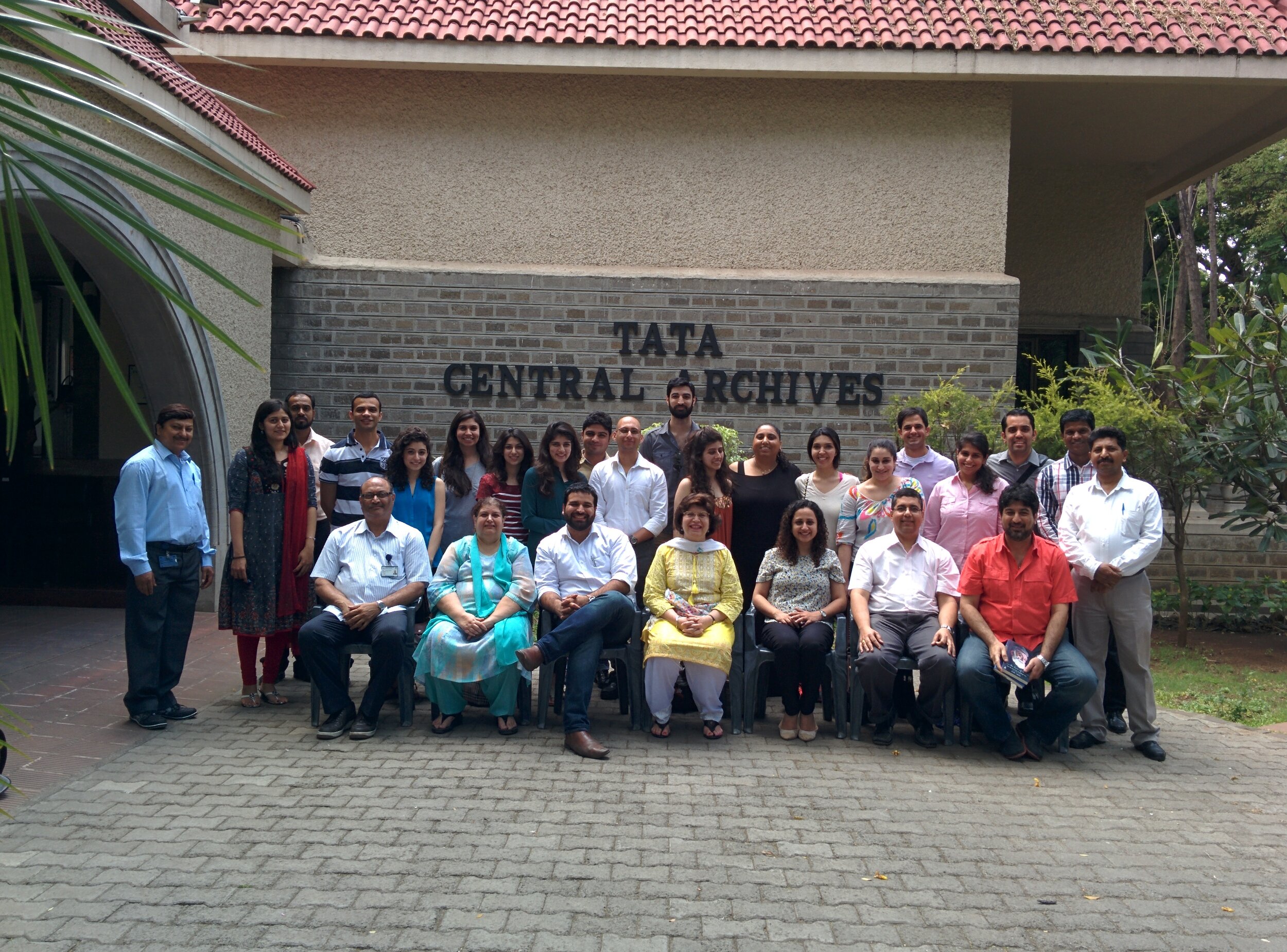
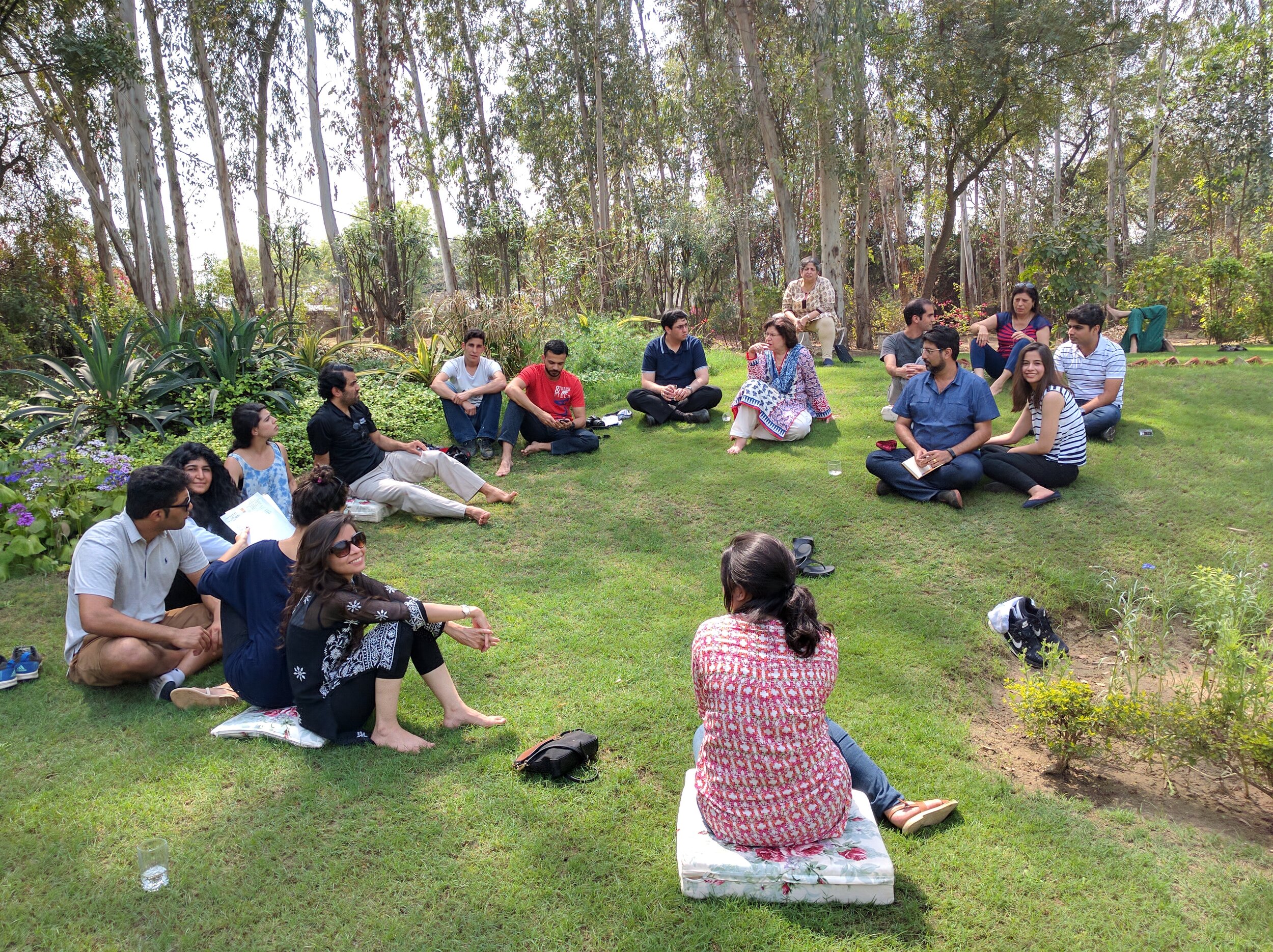
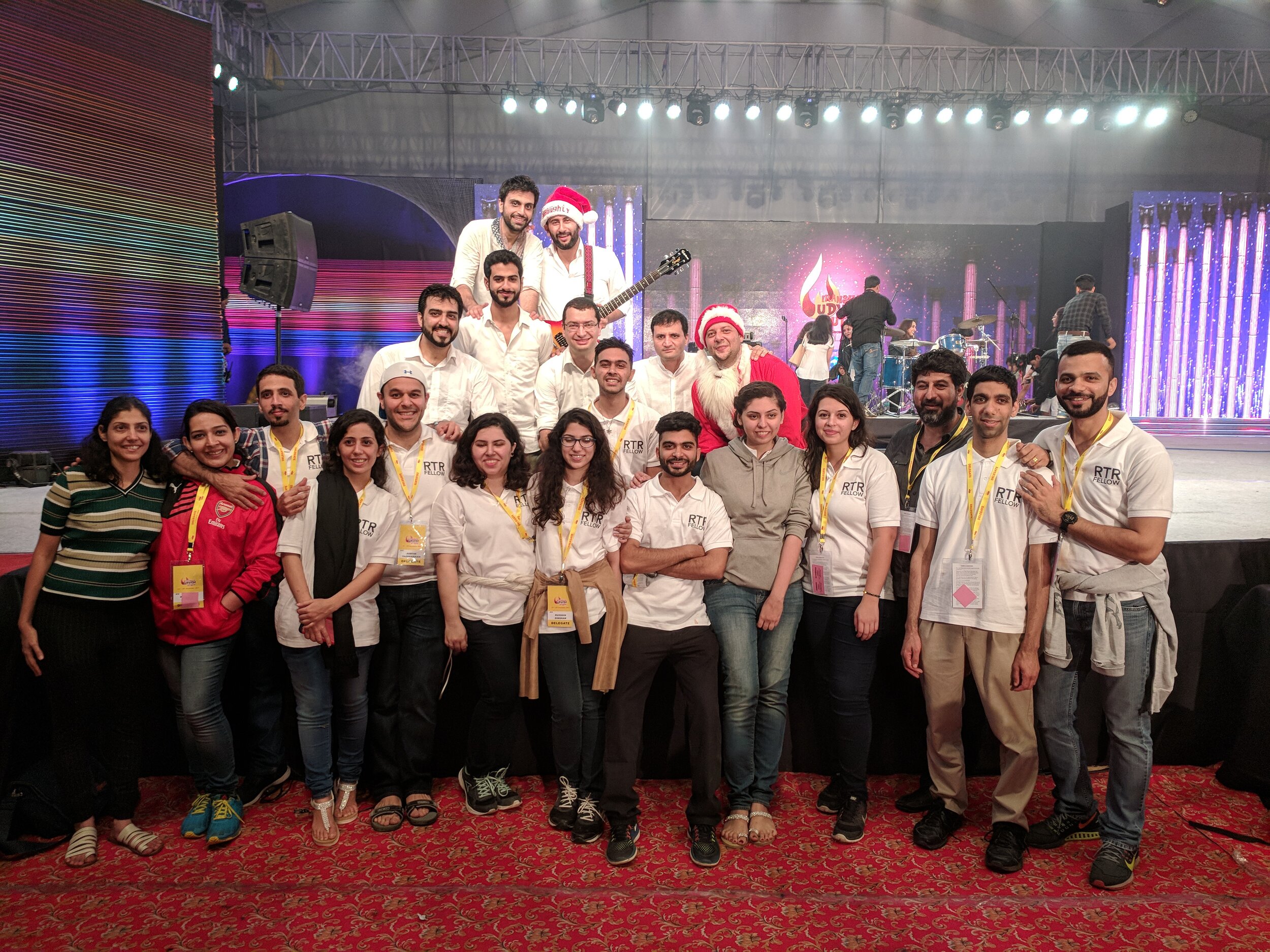

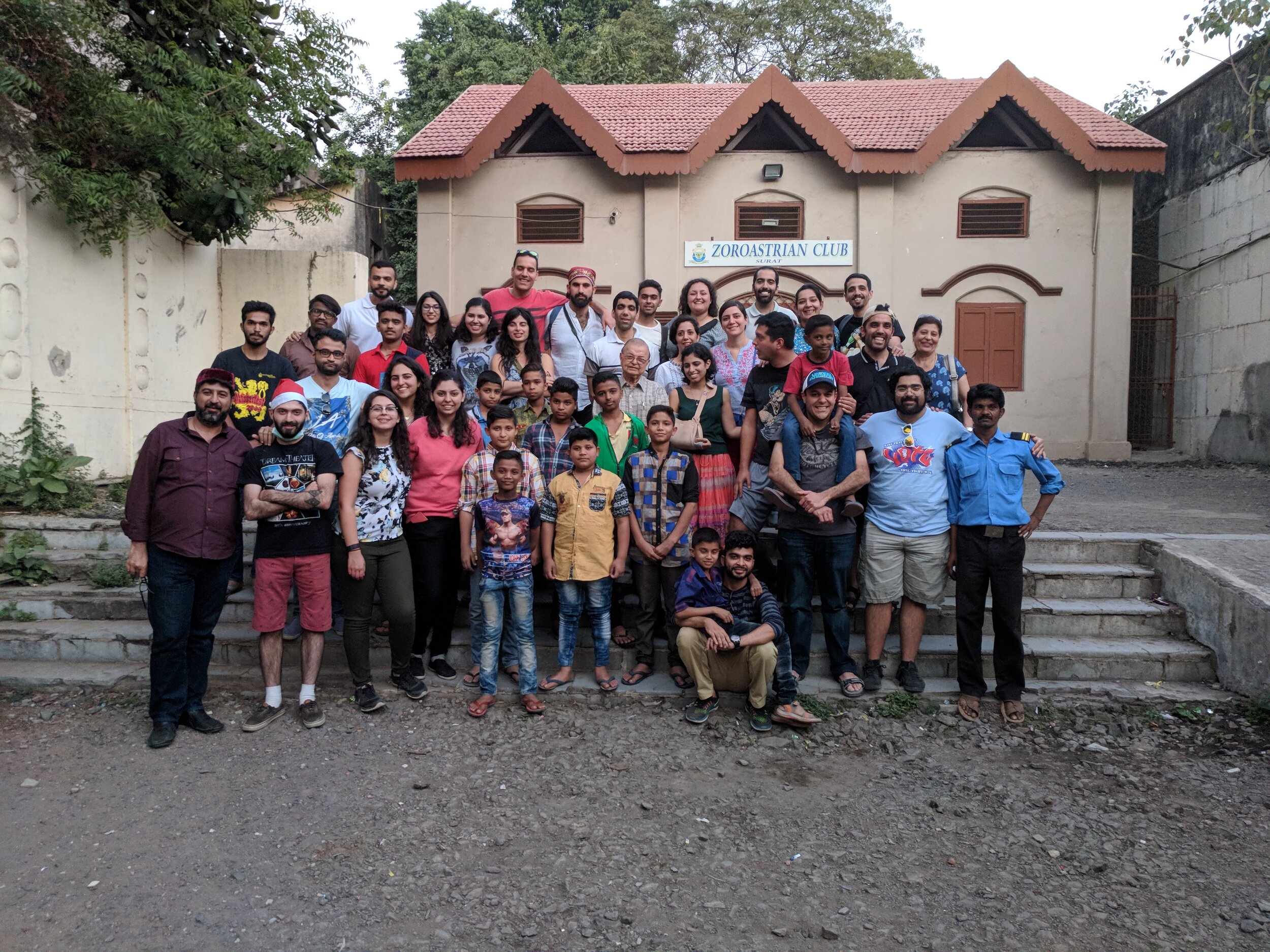
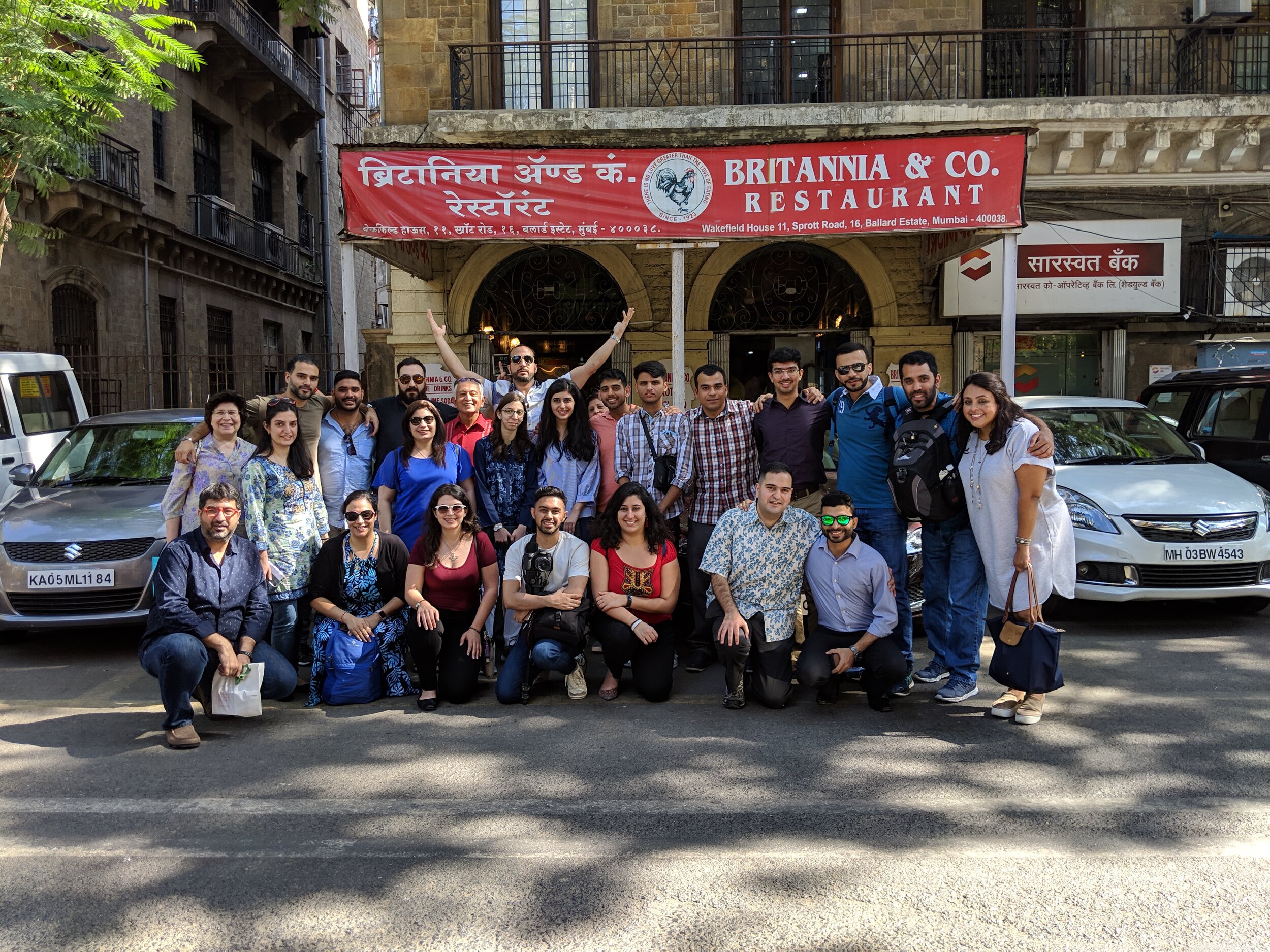
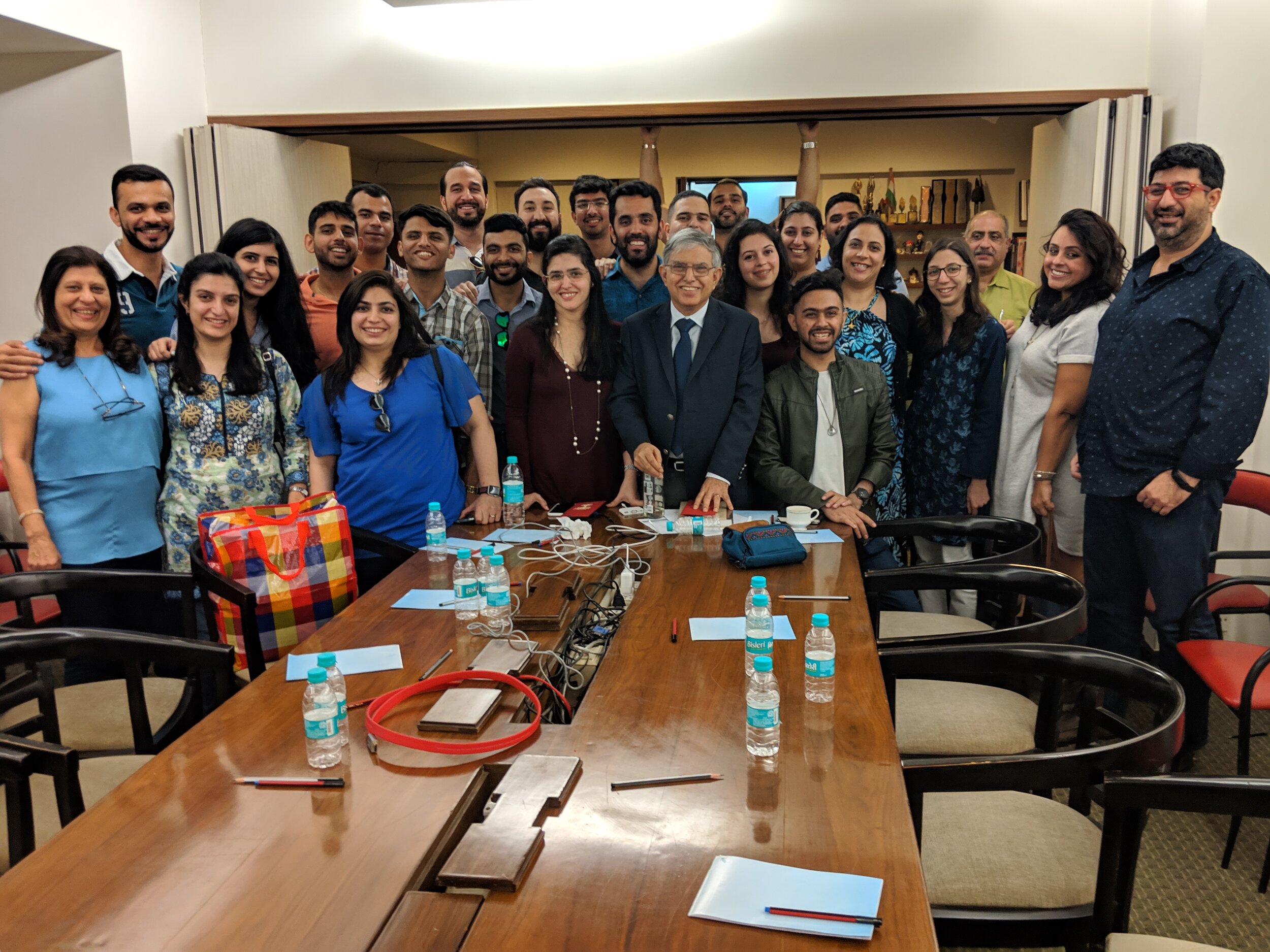
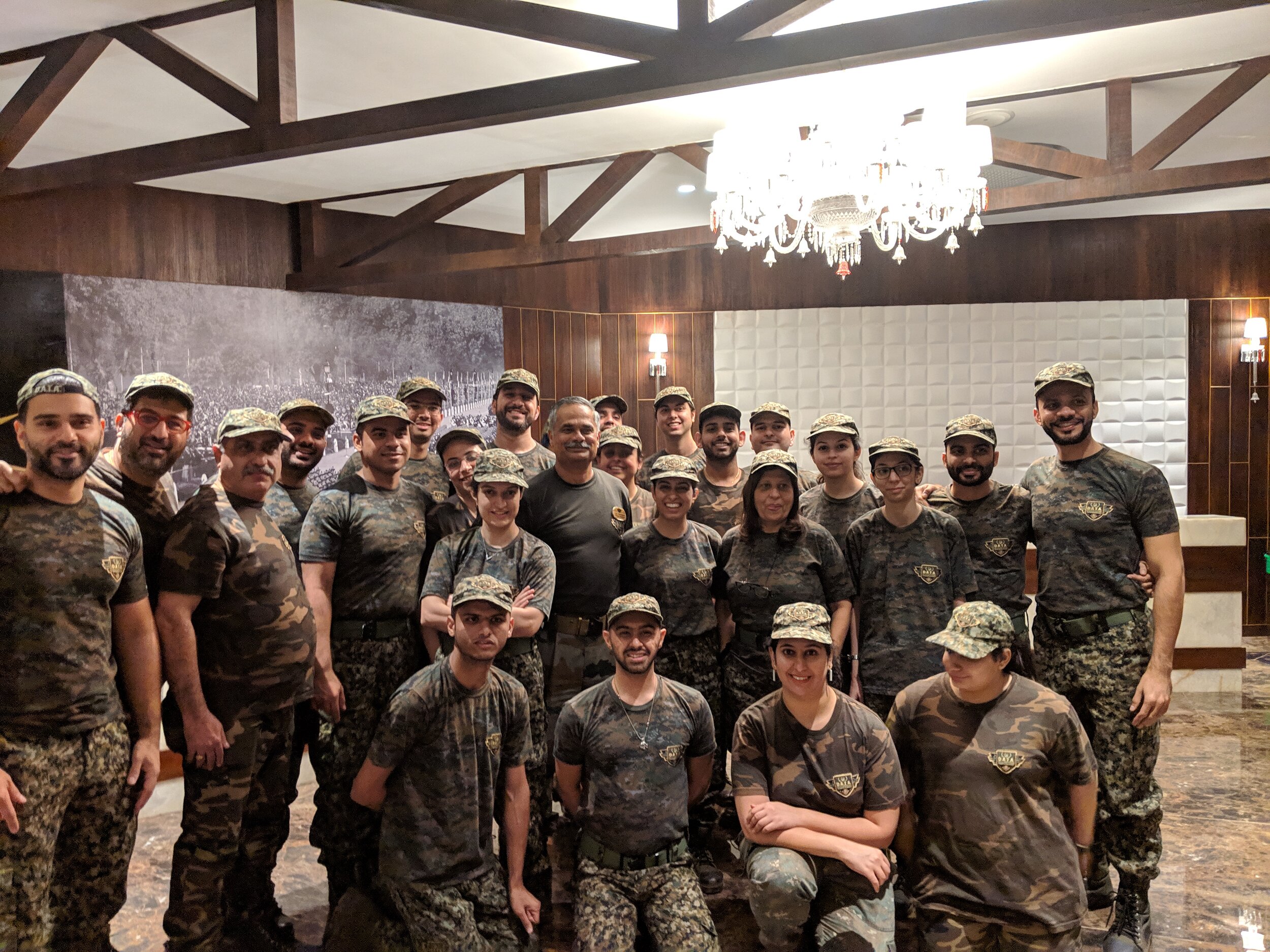
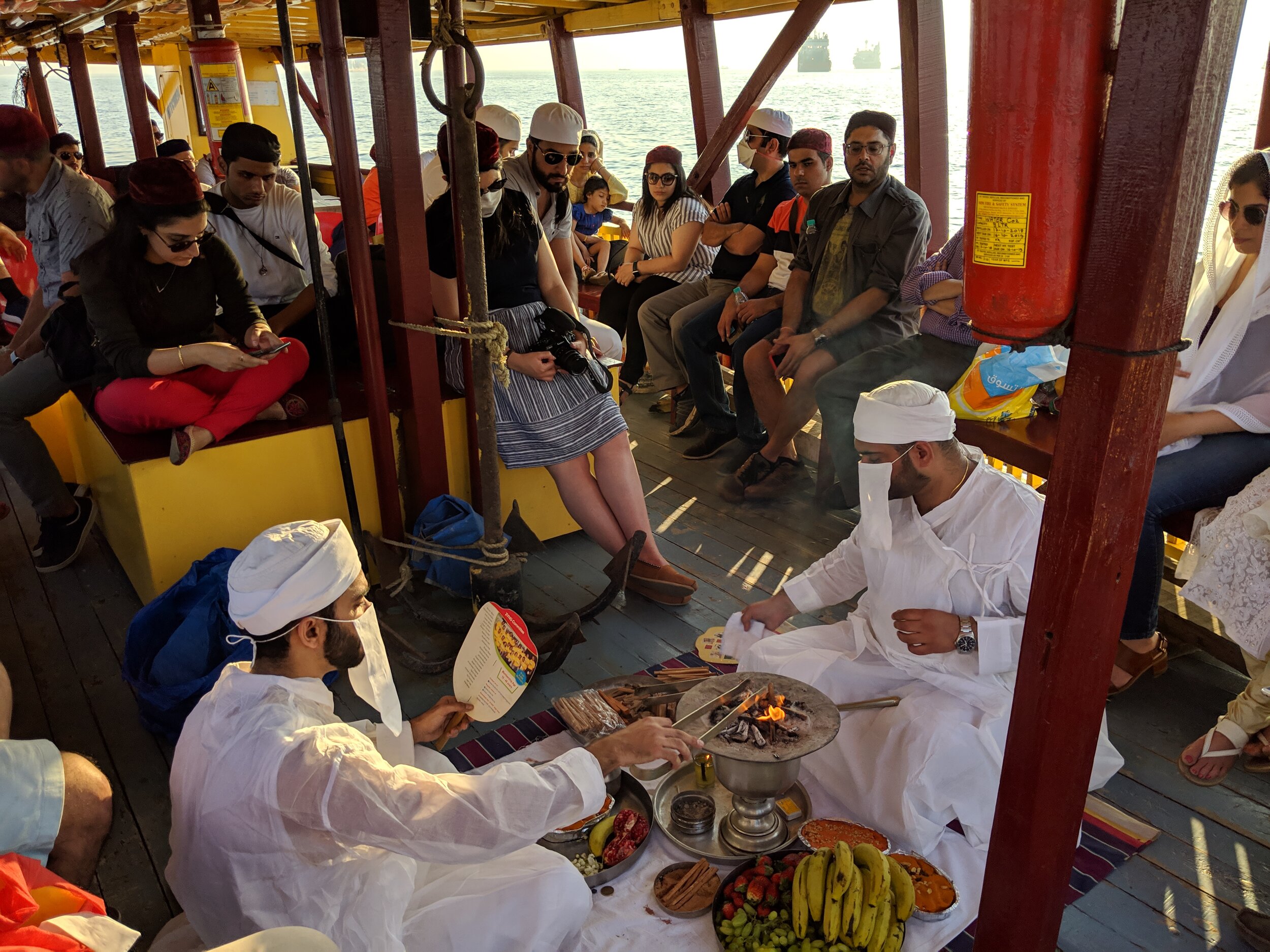
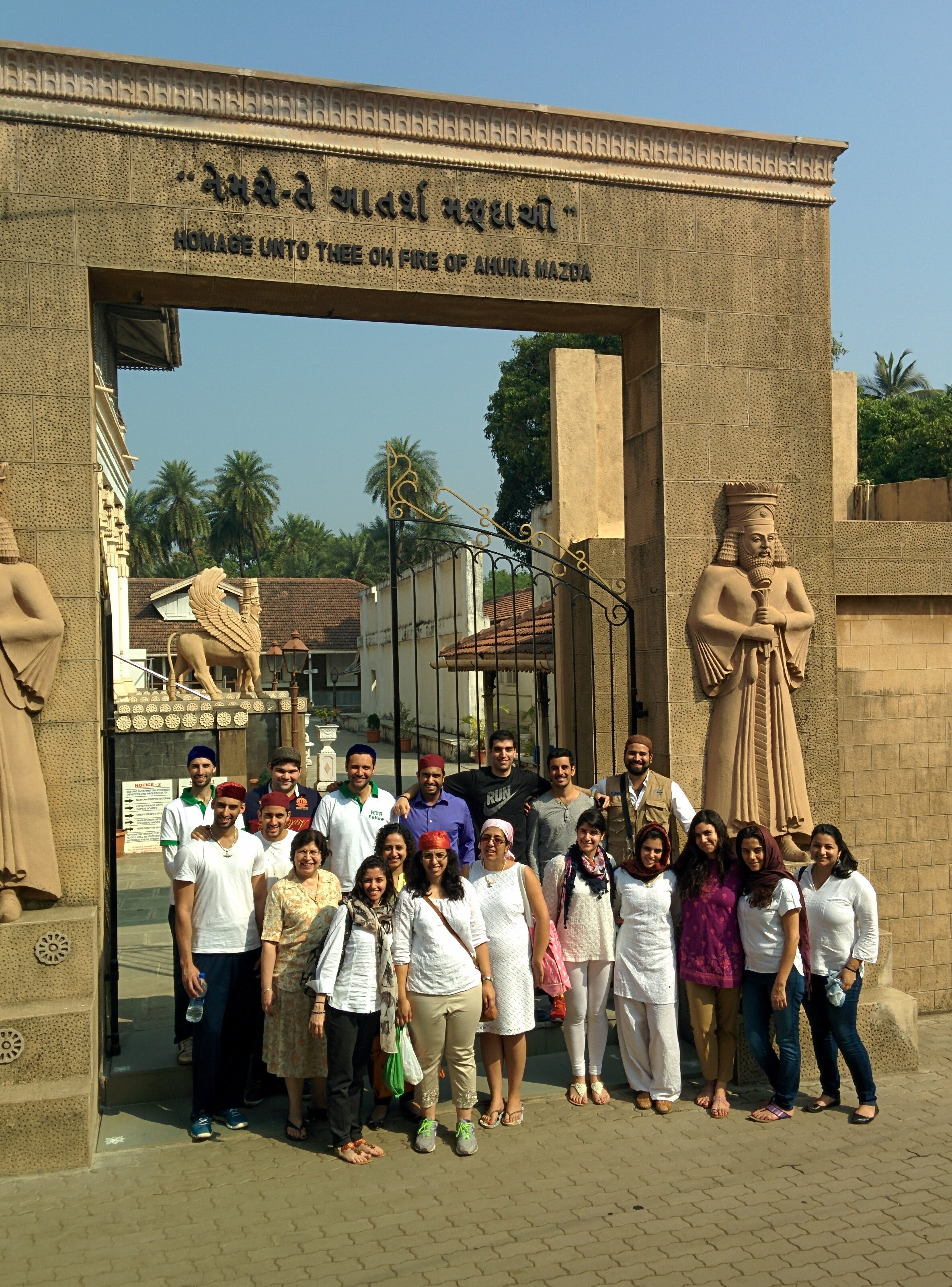
Related Articles
